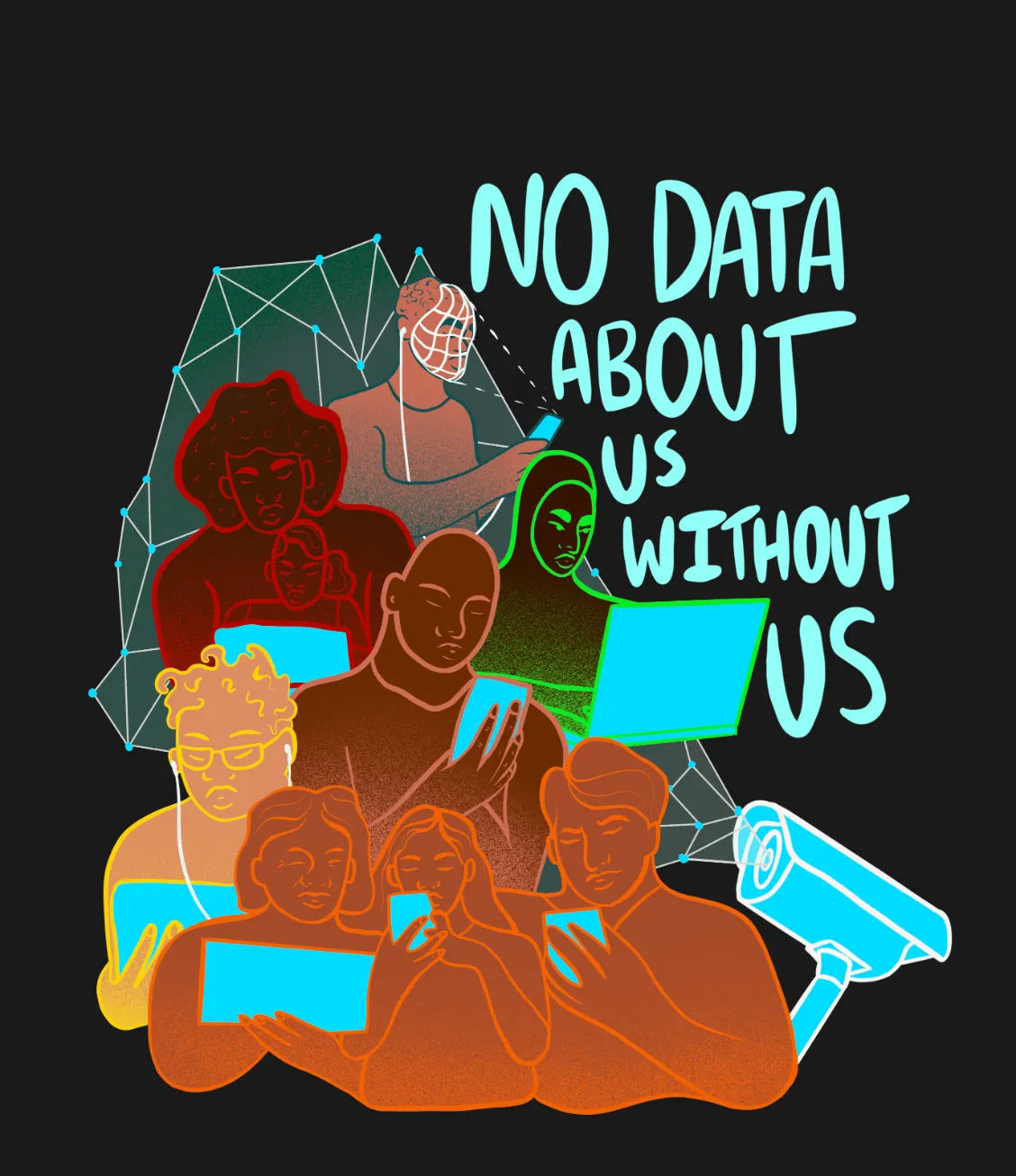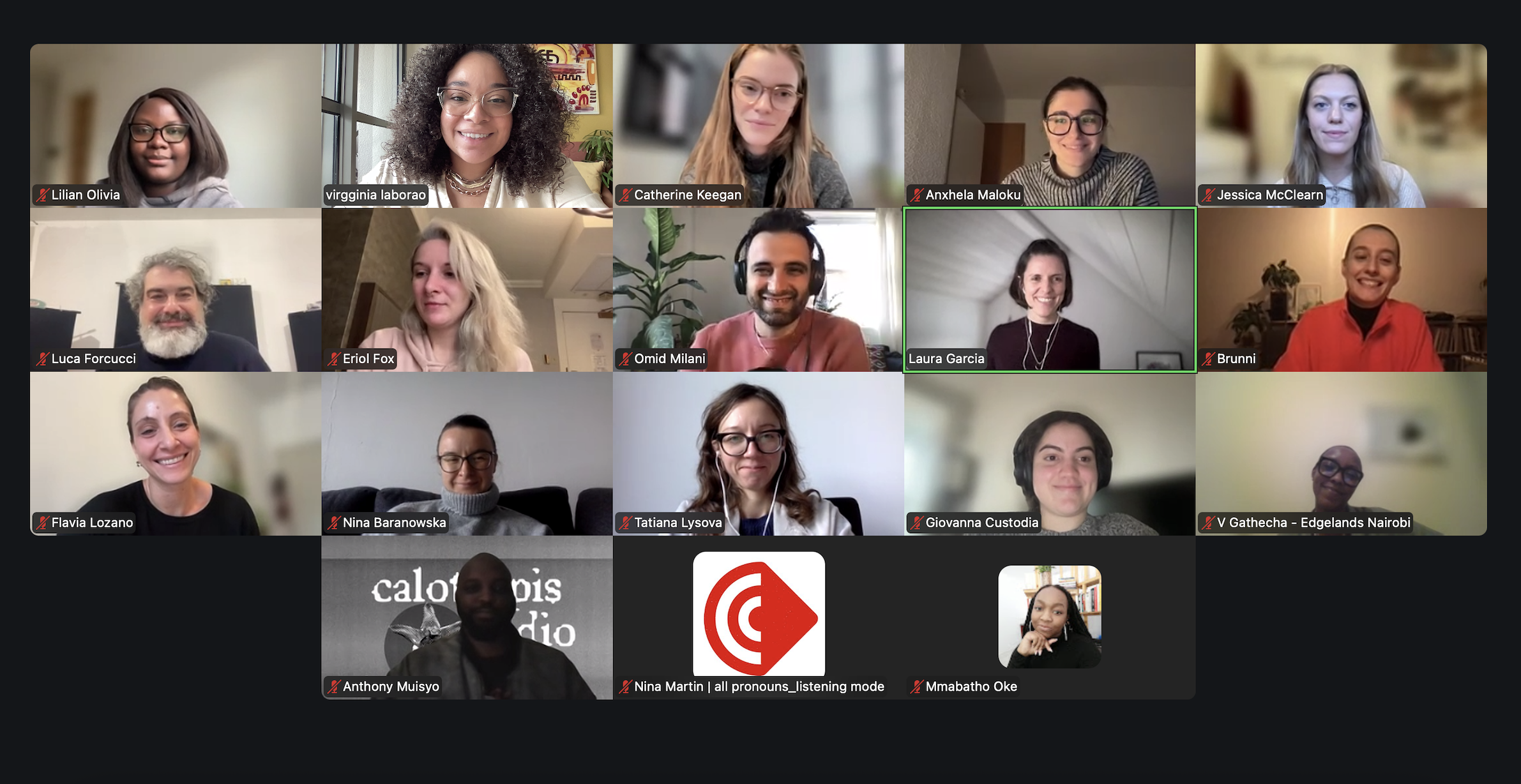Recomendaciones en materia de seguridad, vigilancia y tecnología para el actual gobierno del Distrito Especial de Ciencia, Tecnología e Innovación de Medellín 2024-2027
Este blog presenta algunas de las reflexiones y recomendaciones del Instituto Edgelands sobre seguridad, vigilancia y tecnología a partir del trabajo desarrollado en Medellín con actores públicos, privados y sociales desde 2021.

Foto: Alex Person para Unsplash
Este blog presenta algunas de las reflexiones y recomendaciones del Instituto Edgelands sobre seguridad, vigilancia y tecnología a partir del trabajo desarrollado en Medellín con actores públicos, privados y sociales desde 2021. El primer bloque de recomendaciones estará orientado a las herramientas de planificación de la seguridad en términos de tecnologías de vigilancia, el segundo al uso y evaluación de las tecnologías de vigilancia, mientras que el tercer bloque de recomendaciones se centra en la arquitectura institucional.
Herramientas de planificación de la seguridad en las principales tecnologías de vigilancia:
- Es fundamental que el Plan de Desarrollo Distrital 2024-2027 incluya proyectos orientados a optimizar el uso del CCTV, en lugar de limitarse a aumentar el número de cámaras instaladas. Se debe priorizar la articulación entre las dependencias de la Alcaldía que tienen a su cargo su misión, su participación en el proceso de instalación y gestión de las cámaras, así como garantizar el apoyo en términos de recursos requeridos para su correcto funcionamiento
- Es necesario establecer mecanismos para que el PISCC sea efectivamente la hoja de ruta para la inversión de los recursos del FONSET. Así mismo, es necesario establecer claramente los mecanismos, instancias y procesos para la asignación de recursos a través de proyectos a los organismos de seguridad y justicia en el CTOP.
- El horizonte estratégico que ofrece la Política Pública de Seguridad y Convivencia debe ser retomado para articular los instrumentos de planeación de la seguridad, de manera que el Plan de Desarrollo Distrital pueda orientar efectivamente los PISCC en materia de inversión en tecnologías de vigilancia.
- Es necesario garantizar que los instrumentos de planeación en seguridad se articulen con los programas y proyectos de las diferentes Secretarías ante la nueva vocación de la ciudad como Distrito de Ciencia, Tecnología e Innovación. Definir instrumentos y rutas para la inversión de recursos económicos en CTeI a partir de una evaluación sistemática y de impacto de la efectividad de las tecnologías, programas y proyectos ya implementados.
- Las autoridades y actores no deben olvidar estrategias que han tenido un impacto positivo en la ciudad y que le han valido reconocimiento nacional e internacional, como el mejoramiento del espacio público, las estrategias de convivencia, la coordinación de la respuesta institucional y el fortalecimiento de los lazos de confianza entre autoridades y miembros de la comunidad para formular una buena política de seguridad. Pensar la seguridad y la convivencia como fenómenos con pilares comunitarios y de diseño urbano ha demostrado ser una estrategia exitosa en Medellín.
Utilización y evaluación de las tecnologías de vigilancia:
- El uso de tecnologías de vigilancia en cuestiones de seguridad pública debería ser una conversación abierta entre los actores implicados. Por lo tanto, es importante fomentar un papel más activo de los ciudadanos y del Consejo de Distrito, con el fin de garantizar la transparencia y el acceso a la información por parte del gobierno local y de la Policía Nacional. Los ciudadanos y las organizaciones deben conocer las tecnologías de vigilancia que se implementan en la ciudad y los protocolos para su uso.
- Es necesario que la administración distrital considere las tecnologías para la seguridad no como meras menciones en los instrumentos de planeación o en los paquetes de programas y proyectos. Es necesario pensar desde el componente técnico y estratégico cómo estas decisiones e inversiones en materia tecnológica son ejercicios basados en evidencia empírica y cómo es posible establecer esquemas permanentes de monitoreo y evaluación que permitan identificar su impacto concreto en relación con los principales problemas de la ciudad que se pretenden intervenir.
- En contextos de vigilancia, los datos deben tratarse de forma ética, crítica, transparente y cuidadosa para no correr el riesgo de amplificar y reproducir sesgos que han afectado y discriminado a lugares y poblaciones. Tener en cuenta estas cuestiones permite mejorar la calidad del tratamiento de los datos, garantizando que la aplicación de la tecnología esté al servicio de la seguridad de todos y restableciendo la confianza entre las instituciones y los ciudadanos.
- Las tecnologías de seguridad y vigilancia pueden presentar algunos problemas a la hora de cumplir el objetivo de su uso a largo plazo. Herramientas tecnológicas como las cámaras de seguridad pueden funcionar a corto plazo para reducir el número de delitos en las zonas donde se instalan, pero a largo plazo su eficacia se ve mermada por la movilidad de la delincuencia. Es pertinente tener esto en cuenta a la hora de hacer evaluaciones y análisis coste-beneficio.
- Es importante informar a los ciudadanos sobre los usos, las aplicaciones y la eficacia de las cámaras de vigilancia en materia de prevención. Existe una desconfianza generalizada y una elevada percepción de inseguridad en las zonas en las que hay cámaras y otros dispositivos tecnológicos.
- Es necesario realizar diversos tipos de evaluaciones rigurosas de los resultados reales y potenciales de las tecnologías empleadas, con el fin de determinar si las inversiones económicas en estos dispositivos han contribuido efectivamente a transformar los problemas de seguridad de la ciudad.
- La ciudad necesita un plan tecnológico de vigilancia que tenga en cuenta la orientación estratégica y permita a largo plazo identificar escenarios de coste/beneficio para el uso de tecnologías digitales.
- Deben establecerse directrices y normativas claras y públicas sobre la adopción, los usos permitidos de las tecnologías de vigilancia e inteligencia artificial en la ciudad y los datos recopilados con fines de seguridad.
Arquitectura institucional relacionada con las tecnologías de vigilancia:
- Promover la coordinación entre los organismos gubernamentales y las organizaciones de seguridad y justicia que forman parte del ecosistema de seguridad de la ciudad para aumentar el alcance y la utilidad de las herramientas tecnológicas, optimizar los recursos y tomar decisiones basadas en criterios técnicos.
- El incremento de la capacidad tecnológica en materia de seguridad debe ir acompañado de la capacidad de la Policía Nacional para dar respuesta a un número potencialmente mayor de requerimientos; la implantación de tecnologías que conlleven un incremento potencial del número de requerimientos debe estar respaldada por adecuadas estrategias operativas de respuesta por parte de la Policía Nacional.
- La ciudad tiene el reto de formar y crear una infraestructura de respuesta a la ciberdelincuencia, ya que la capacidad de respuesta institucional es insuficiente.
- La Empresa Urbana de Seguridad (ESU), como principal socio en la adquisición de tecnología para la Secretaría de Seguridad y Convivencia, debe priorizar criterios de transparencia y rigor técnico.



